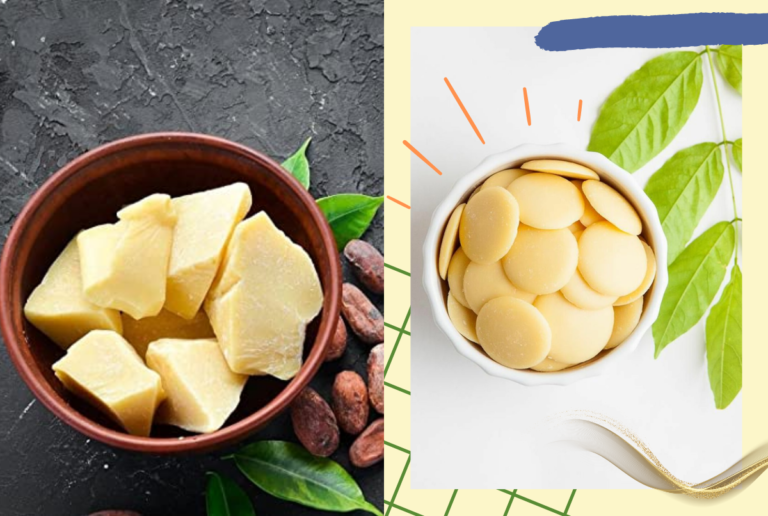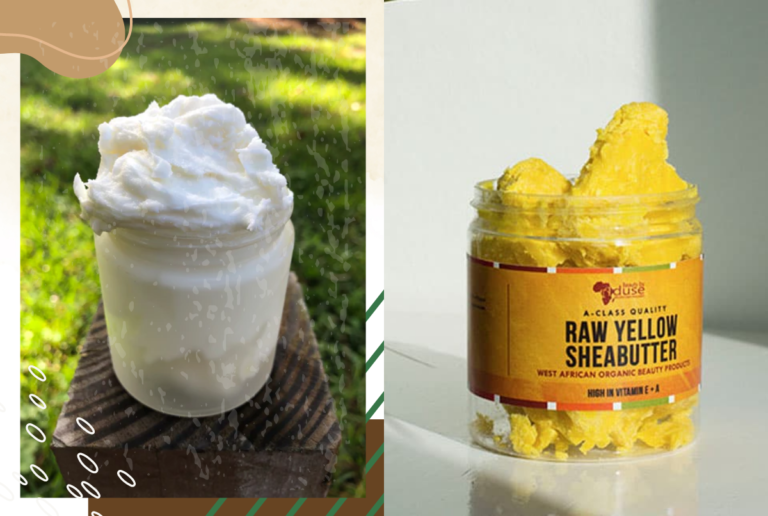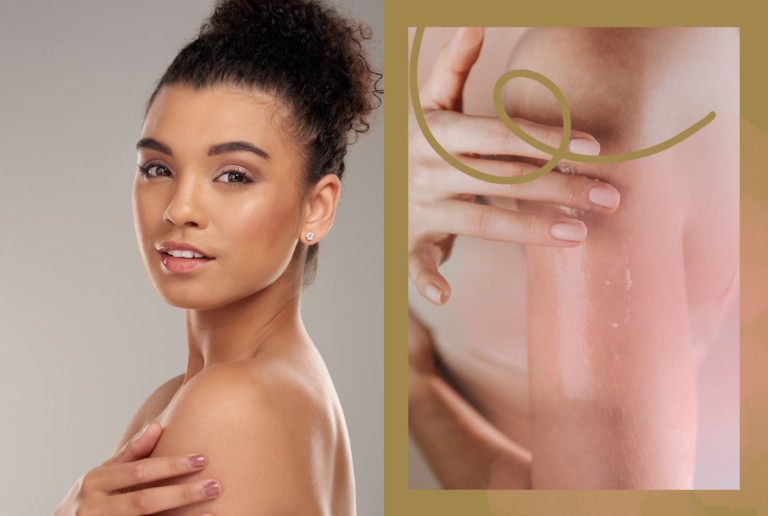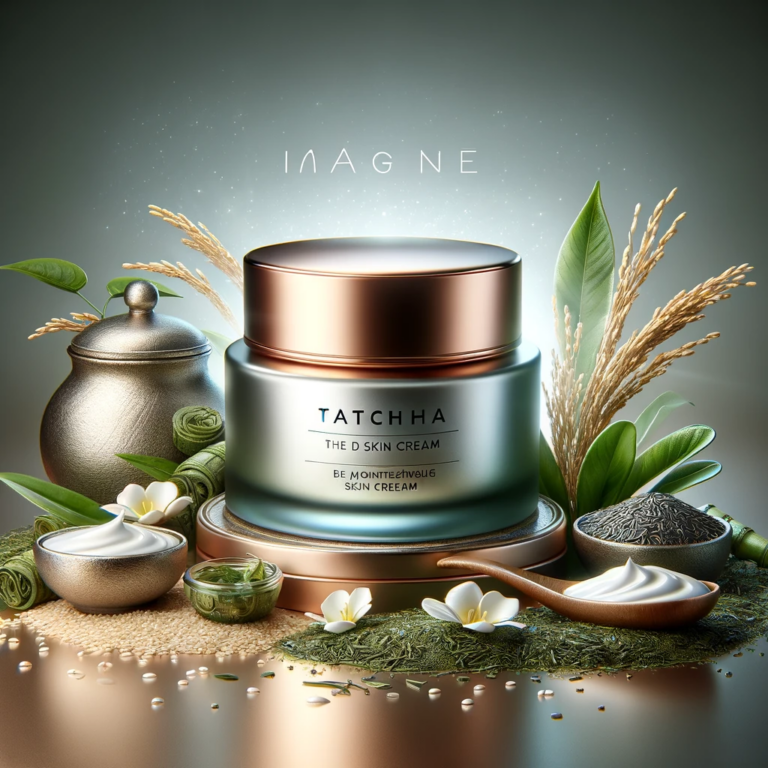Anti-Aging Routine For Oily Skin
There’s a myth that people with oily skin don’t need to start with an anti-aging regime until their 30s.
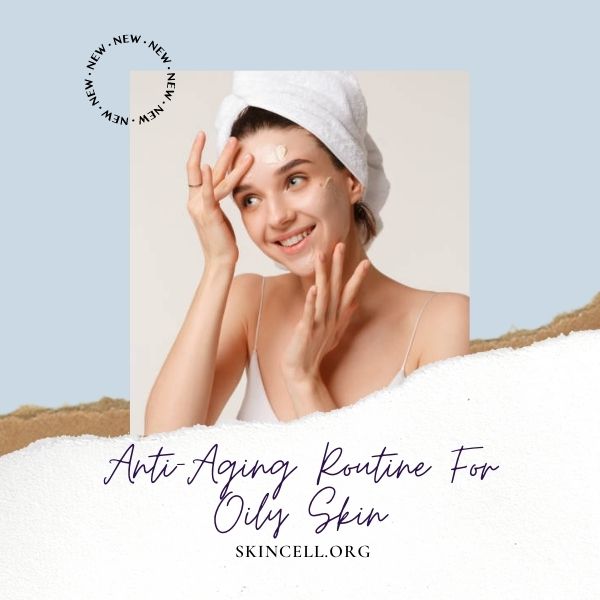
Even though it may seem like the truth, the reality is far from it. Oily skin is just as prone to damage as normal or dry skin, so you need to begin taking care of it without delay.
One of the major challenges faced by people with oily skin is the inability to find suitable products. Most of the anti-aging skincare items available on the market tend to be comedogenic which clogs up the open pores causing acne breakouts.
Hence, you need to design a regime with lightweight, non-comedogenic, and gel-based products which don’t weigh down your skin. We have created the perfect beginner-friendly guide to let you start with baby steps towards healthier and younger-looking skin.
So, without further ado, let’s get started!
Step-By-Step Anti-Aging Skincare Routine For Oily Skin
You might have heard it a million times already, but the only way to retain the health of your skin is by taking care of it regularly. The best way to do it is by coming up with a suitable skincare routine that doesn’t take up much time. There’s no need to invest your time in an elaborate Korean skincare regime as a beginner.
Here are the steps of an anti-aging skincare routine that dermatologists and estheticians recommend for oily skin:
- Cleanse your skin twice a day
- Apply a toner (optional)
- Exfoliate twice a week
- Treat your skin with the right actives
- Moisturize adequately
- Retinol application (only at night)
- Apply sunscreen every day (don’t forget to reapply every two to three hours)
- Use a weekly mask (optional)
As a side note, remember to patch test all skincare products before including them in your daily routine. An easy way to do a patch test is by applying a little bit of the product behind your ears or inner arms and letting it sit for 24 hours.
If you’re testing a cleanser, let it sit for five minutes and wash it. In case of a reaction, it’s best to discard the product and try something else.
1. Cleansing Your Face
The first step of every proper routine starts with cleansing. Those with oily skin should never skip washing their face as the excess oil is caused by an increased sebum production from the sebaceous glands. So, using a good cleanser at least two times a day ensures the removal of unnecessary oil along with dirt, pollutants, and dead skin.
Even though there’s excess oil on your skin, it’s best to go for a gentle gel-based or watery cleanser. If you aren’t scared of using actives, get a face wash with 1-2% salicylic acid, as it will help to exfoliate your skin gently. [1] It’s also recommended to stay away from sulfate-based foam cleansers as they can make your skin dry, leading to the formation of wrinkles and fine lines.
Face washes containing acids aren’t great for those with sensitive skin. Instead, you should look for a gentle sulfate-free face wash that would wash away the dirt and grime without stripping away the natural barrier of the skin.
Overall, those with oily skin should cleanse their face twice a day, once in the morning and then again at night. Make it a habit to wash your face even if it feels clean, as excess oil and dirt are the breeding ground of bacteria behind acne breakouts.
2. Applying Toner
This is a controversial topic as some people are on the fence regarding the application of toner on oily skin. So, you don’t mandatorily need to include one in your daily skincare routine. Having said that, toners can help to bring back some amount of hydration to your face and even tighten the enlarged pores.
Apart from reducing the textured appearance of your face, this may also help keep the pores clear, reducing acne. When you apply toner with the help of a cotton pad, it can remove any remaining cleanser to provide clear skin.
If you choose to use a toner, make sure it’s free from alcohol, which can be too drying and might strip your skin of natural oils. Instead, look for toners with antioxidants and anti-inflammatory ingredients like Centella Asiatica, green tea, and witch hazel. Toner should always be the second step of your skincare routine after face wash, and you should let it dry before applying any further products.
3. Nourishing Your Skin With Serums
Gone are the days when you lathered your skin with cold cream and called it a night. Plenty of research done in the field of skincare has pointed out that it’s beneficial to apply serums with active ingredients to reduce skin problems. The good thing is that the skincare market is now loaded with options when it comes to serums.
However, as someone with oily skin, you need to be careful about the active ingredients present in the products. If you feel like it, do visit a dermatologist or an esthetician who can have a look at your skin and recommend tailor-made serums.
Here are some typical serums recommended for oily and acne-prone skin:
- Hyaluronic acid serums
- Niacinamide serums
- Peptides and collagen-boosting serum
- Vitamin C
Even though some serums can be used for both AM and PM routines, those with active ingredients are usually recommended for usage at night. A common way to apply serums is by layering to get the most out of different active ingredients.
Remember to read the instructions provided by a brand to avoid using opposing actives on the same night. And, if you’re using a particular serum during the daytime, apply an adequate amount of sunscreen to keep your skin protected.
As you’re looking for an anti-aging routine to follow for oily skin, try to find a water-based serum as the oil-based products have a reputation for clogging pores.
4. Moisturizing The Skin
Moisturizing is an essential part of the anti-aging skincare routine, even when your skin is oily. Contrary to popular beliefs, oily skin can also lose the much-needed moisture. Your dried skin is much more prone to developing fine lines and wrinkles, which moisturizer prevents from happening.
Thankfully, the market has opened up options for oily skin types, and you can easily get oil-free gel moisturizers. Try moisturizers with ingredients like hyaluronic acid [2] and glycerine if you aren’t fond of serums. These humectants help draw moisture towards your skin, keeping it soft and supple for longer.
While choosing a moisturizer for oily skin, make sure that it’s non-comedogenic and lightweight so that it can’t clog your pores. Some people who have excessive oil production prefer to use just aloe or cica gel as they don’t weigh down the skin. You may even opt for products with ceramides and peptides to boost collagen production.
As a side note, we must note that you can choose to apply a facial oil before the moisturizer. People usually prefer to use products like squalane as it’s full of antioxidants which make your skin healthy and reduce the appearance of fine lines. It’s also said to control oily skin by reducing excessive sebum production.
If you find it necessary, apply an eye cream before applying your daily moisturizer.
5. Using Retinol
Retinol is thought to be the holy grail product of anti-aging skincare, which should be included in your routine from the mid-20s. The substance is said to reduce wrinkles and fine lines drastically, giving a smoother and youthful-looking skin.
Once only a certified dermatologist could prescribe retinol or retinoids, but that’s not true anymore. These days you can easily find retinol serums sold by over-the-counter skincare brands with concentrations of 0.1% to 2%. The best way to use retinol is by sandwiching it between two layers of moisturizer.
A retinol product should only be a part of your nighttime routine as sunlight can react with the substance and cause skin damage. Moreover, as a beginner, start by using retinol once a week and slowly increase the frequency to three or four times a week. After a few months, your skin should be okay with a daily application of retinol to prevent most signs of aging.
Another option is to visit a dermatologist to let them check your skin and prescribe medicated retinoid.[3] These products are much more potent and can help target many skin concerns like acne, pigmentation, uneven skin tone, or inflammation. Remember to follow the skincare routine exactly as recommended by your dermatologist to get the best results.
People with sensitive skin may not be able to use anti-aging products with retinol. Bakuchiol is regarded as the next best option and it’s even known as plant-based retinol. Other suitable ingredients that can be included are Centella Asiatica, rosehip oil, and niacinamide to get anti-aging benefits.
6. Exfoliating Skin
As you may know, our skin keeps on regenerating new cells and shedding old ones. However, as oily skin produces excess oil or sebum, the dead skin often stays on the face. Exfoliants are products that can help clear the built-up dead skin cells to reveal the fresh skin underneath.
Traditionally, most people used physical exfoliants, aka scrubbers that contained abrasive beads. They have gone out of fashion, and now the market sees an upsurge of chemical exfoliants. That’s because the ingredients present in physical exfoliants can often damage the skin and even create small scars on the face, making it prone to acne.
Glycolic acid is a popular alpha-hydroxy acid (AHA) that can be used to exfoliate oily skin twice a week. Another great option is salicylic acid, beta-hydroxy acid (BHA), which can gently exfoliate the skin and help reduce acne. Those with sensitive skin can try exfoliating with a low potency lactic acid serum as it will be milder on the skin.
You can even choose an exfoliating agent based on your skin tone. Some believe that people with darker skin tones may benefit from other treatment options like mandelic acid and kojic acid [4] as they prevent hyperpigmentation of the skin.
Here are some benefits of including regular exfoliation in the right skincare routine:
- Removal of dead skin cells
- Unclog pores
- Fading of wrinkles and fine lines
- Encouraging cell turnover
- Even skin tone
- Reduced excess oil production and breakouts
7. Daily Sunscreen Application
For some reason, people are still opposed to the idea of applying sunscreen daily. Even though it might sound cliché, the phrase “prevention is better than cure” stands true for following an anti-aging skincare routine. [5] If you forget to apply sunscreen for a single day, the UV rays may damage your skin beyond repair. Prolonged sun damage may make your skin sensitive and prone to developing deep wrinkles.
Finding a proper sunscreen for oily skin can be a bit challenging as some options tend to make the skin look too chalky or make you sweat profusely. It’s better to choose a gel or water-based sunscreen that’s light on the skin and doesn’t cause clogged pores. Mineral sunscreens with zinc oxide are thought to be the best as they are able to protect from UVA and UVB rays.
Remember to apply an appropriate amount of sunscreen daily as a part of your morning routine. Also, reapply the sunscreen every two to three hours to maintain protection throughout the day.
If you prefer to wear makeup, use blotting papers to soak up the excess oil and remove sweat before reapplication. We suggest getting a matte finish stick sunscreen for regular reapplication to control oil, reduce shine, and prevent sweating.
Final Words
That’s everything we had to tell you about building an anti-aging skincare routine for oily skin. We hope that the information will help you purchase the right anti-aging products to start on the journey towards better skin.
If you have noticed, we didn’t mention anything about masks, and that’s because applying them is more of a personal preference. Still, it’s best to opt for clay masks for treating your pores to reduce oil production.
Just remember to avoid ingredients that can clog pores or strip your skin of natural oils. Also, follow the skincare routine thoroughly, and you should start seeing results soon.
Until next time, goodbye, and take care!
References:
[1] https://www.ncbi.nlm.nih.gov/pmc/articles/PMC4554394/
[2] https://www.ncbi.nlm.nih.gov/pmc/articles/PMC3583886/
[3] https://www.ncbi.nlm.nih.gov/pmc/articles/PMC2699641/

